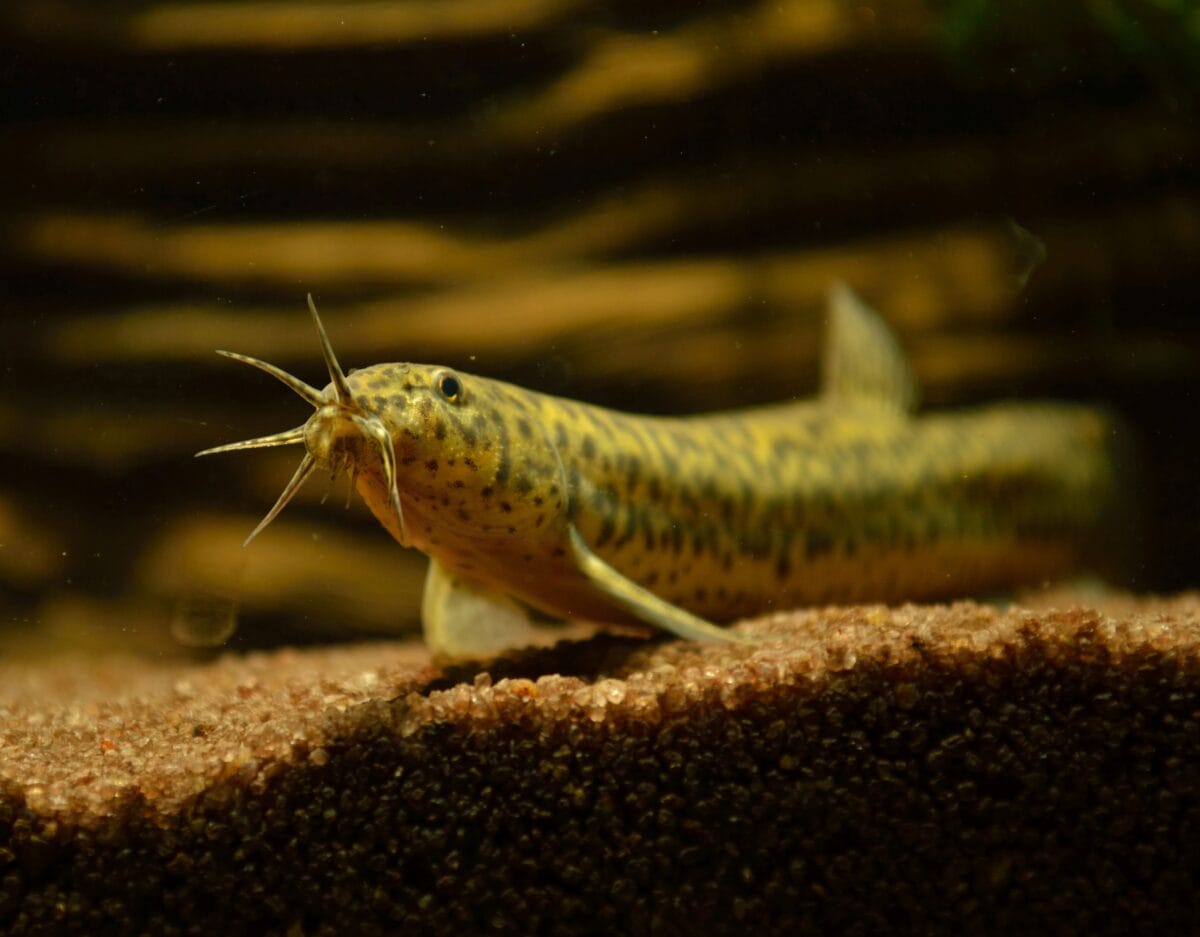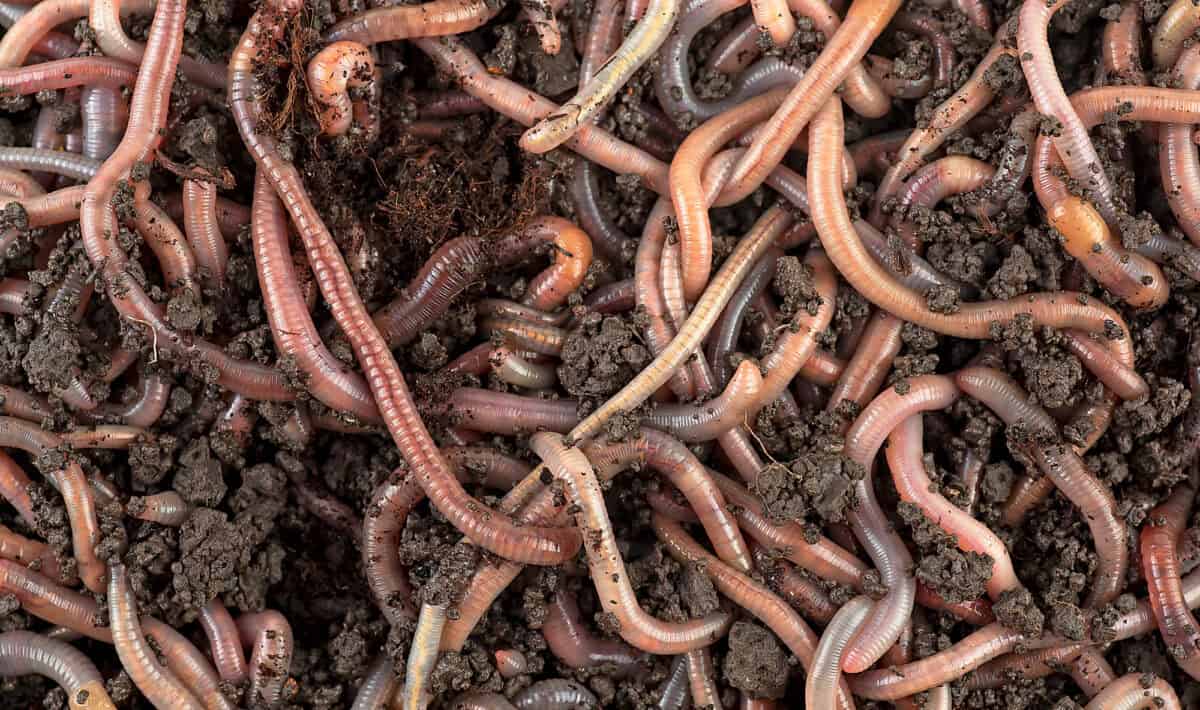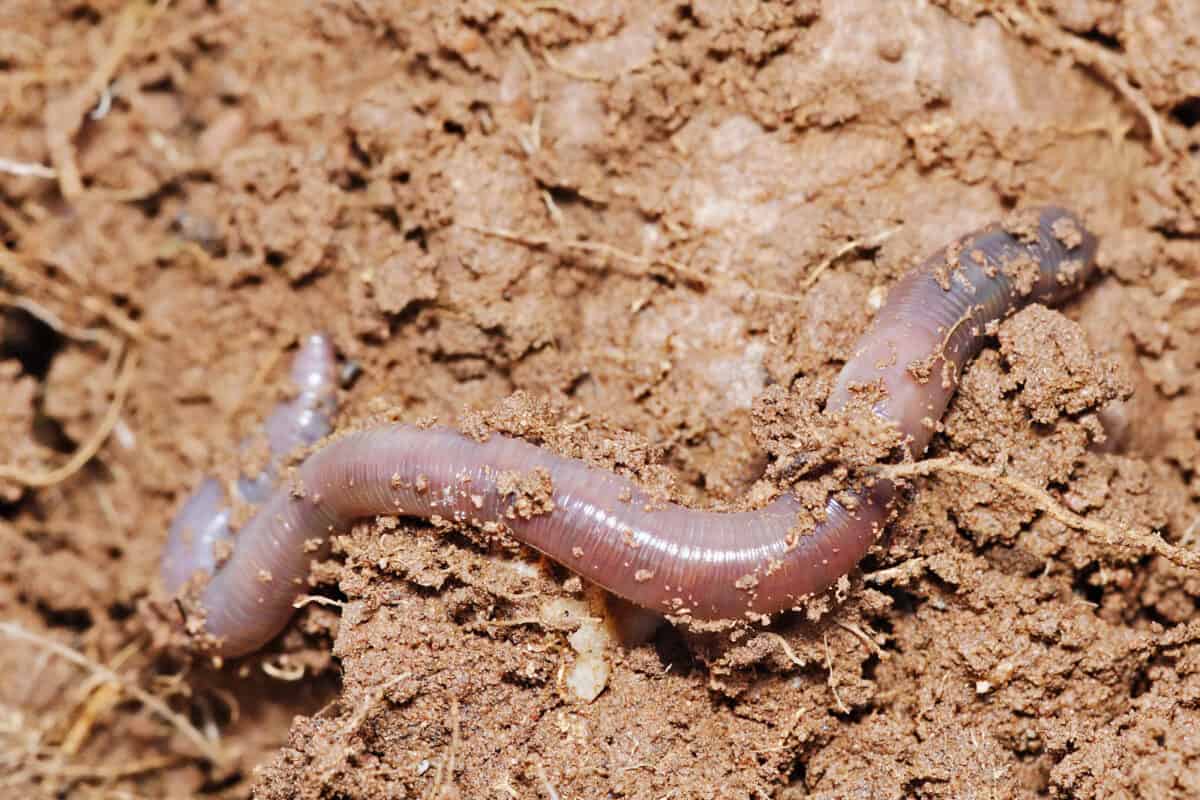Within diversity of animal life on our planet, some creatures have evolved remarkable adaptations that seem almost magical to human observers. Among these fascinating evolutionary marvels is cutaneous respiration—the ability to breathe through skin. While humans and many other mammals rely exclusively on lungs for gas exchange, numerous animals can supplement or even completely replace lung breathing with the ability to absorb oxygen directly through their skin. This extraordinary adaptation has allowed these species to thrive in environments and lifestyles that would otherwise be impossible. Let’s dive into the fascinating world of animals that breathe through their skin and discover the science, diversity, and evolutionary significance behind this remarkable ability.
The Science of Cutaneous Respiration

Cutaneous respiration, or skin breathing, is a form of gas exchange that occurs directly through an animal’s skin. For this process to work effectively, several conditions must be met. First, the skin must be thin, moist, and permeable to gases. Second, the skin needs to be well-vascularized, meaning it contains numerous blood vessels close to the surface to efficiently transport oxygen throughout the body. Third, there must be a concentration gradient where oxygen concentration is higher outside the body than inside, allowing oxygen to naturally diffuse inward. The skin also needs to be permeable enough to allow carbon dioxide to exit the body. This remarkable process follows basic principles of diffusion, where gases move from areas of higher concentration to areas of lower concentration without requiring energy expenditure, making it an efficient respiratory method for animals adapted to use it.
Amphibians: Masters of Skin Breathing

Amphibians represent the most well-known group of skin-breathing animals, with frogs and salamanders being particularly adept at this form of respiration. Their moist, thin skin serves as a crucial respiratory surface, with some species obtaining up to 100% of their oxygen requirements through cutaneous respiration. The common frog (Rana temporaria), for example, can obtain about 30-40% of its oxygen needs through its skin while active, and nearly 100% when hibernating underwater during winter. Salamanders display even more impressive capabilities—the Hellbender salamander (Cryptobranchus alleganiensis) has numerous folds in its skin that increase surface area for gas exchange, while some fully aquatic salamanders like the axolotl (Ambystoma mexicanum) rely predominantly on skin breathing throughout their lives. This adaptation allows amphibians to remain submerged for extended periods and hibernate underwater where lung breathing would be impossible.
The Remarkable Case of Lungless Salamanders

Perhaps the most extraordinary example of cutaneous respiration comes from the Plethodontidae family—commonly known as lungless salamanders. As their name suggests, these salamanders completely lack lungs and rely entirely on breathing through their skin and the lining of their mouths. With over 450 species, plethodontids represent the largest family of salamanders, demonstrating the evolutionary success of this unique respiratory strategy. These salamanders evolved in fast-flowing mountain streams where having lungs would actually be disadvantageous, as inflated lungs would make them more buoyant and likely to be swept away by currents. Instead, their completely lungless state allows them to hug the stream bottom securely. The elimination of lungs also created more space for egg development in females, offering reproductive advantages. Species like the Eastern Red-backed Salamander (Plethodon cinereus) exemplify how complete cutaneous respiration can support complex vertebrate life when properly adapted.
Aquatic Breathing Through Skin

Water presents unique challenges and opportunities for cutaneous respiration. Water contains less available oxygen than air (approximately 1/20th the concentration), but it naturally keeps skin moist—a crucial requirement for gas diffusion. Many aquatic organisms have evolved specialized cutaneous respiration adaptations. Sea cucumbers, for example, have modified tentacles called respiratory trees that enhance oxygen absorption through their body wall. Some aquatic worms like the common earthworm can absorb oxygen through their moist skin when in water or wet soil. Among vertebrates, certain fish species supplement gill breathing with skin respiration—the weatherfish (Misgurnus fossilis) can obtain up to 25% of its oxygen through its skin, allowing it to survive in oxygen-poor muddy waters. Perhaps most impressive are some amphibians like the Lake Titicaca frog (Telmatobius culeus), which has excessive skin folds that increase surface area for oxygen absorption by up to 200%, allowing it to remain perpetually underwater in the oxygen-poor high-altitude lake environment.
Turtles: Breathing Through Unusual Places

Several turtle species have evolved remarkable adaptations for aquatic cutaneous respiration, with some of the most unusual examples being “butt-breathing” turtles. Species like the Fitzroy River turtle (Rheodytes leukops) and the white-throated snapping turtle (Elseya albagula) can extract oxygen through their cloaca—the posterior opening that serves for excretion and reproduction. This region contains highly vascularized bursa that function similarly to gills, allowing oxygen to diffuse directly into the bloodstream. The adaptation enables these turtles to remain underwater for extraordinarily long periods—sometimes for days or weeks without surfacing. The Australian Fitzroy River turtle can obtain up to 70% of its oxygen requirements through cloacal respiration. Similarly, the side-necked turtles from the Chelidae family have specialized skin in their neck region that facilitates oxygen absorption. These adaptations are particularly valuable during winter hibernation or when avoiding predators, as they eliminate the need to surface for air.
The Role of Skin Moisture in Cutaneous Respiration

Moisture is absolutely critical for effective cutaneous respiration. Dry skin creates a barrier to gas diffusion, effectively shutting down skin breathing. This dependency on moisture explains why most skin-breathing animals are found in humid environments or have adaptations to keep their skin moist. Amphibians secrete mucus through specialized glands to maintain skin moisture, and many species will retreat to damp microhabitats during dry periods. The importance of moisture also creates vulnerability—environmental changes that affect humidity can threaten skin-breathing animals. Acid rain and pollutants can be particularly harmful, as they can be absorbed directly through the permeable skin along with oxygen. Climate change presents a significant threat to these animals, as increasing global temperatures and changing precipitation patterns alter the moisture availability in many habitats. Conservation efforts for skin-breathing species often focus on protecting wet habitats and maintaining environmental moisture conditions within their required ranges.
Size Limitations of Skin Breathing

Cutaneous respiration imposes significant size constraints on animals that rely heavily on this method of gas exchange. The mathematics of scaling explains why: as an animal grows larger, its volume (and oxygen requirements) increases as a cube function, while surface area increases only as a square function. This means larger animals have proportionally less skin surface area available for respiration relative to their oxygen needs. This limitation explains why most animals that rely heavily on skin breathing tend to be relatively small. Amphibians that depend primarily on cutaneous respiration rarely exceed a few inches in length. The largest lungless salamander, the Hellbender, reaches only about 29 inches maximum—large for a salamander but tiny compared to lung-breathing vertebrates. Some larger amphibians, like the giant Japanese salamander (Andrias japonicus), must supplement their cutaneous respiration with lung breathing as they grow. This fundamental constraint has shaped the evolution of skin-breathing animals, creating a natural ceiling on their potential size.
Worms and Invertebrates: Simple but Effective

Among invertebrates, cutaneous respiration is widespread and often represents their primary or exclusive means of obtaining oxygen. Earthworms (Lumbricidae family) exemplify this adaptation perfectly—they lack specialized respiratory organs and instead rely entirely on oxygen diffusion through their thin, moist skin. Their entire circulatory system is positioned just beneath the skin surface to maximize oxygen uptake. Marine polychaete worms often have numerous projections called parapodia that increase surface area for gas exchange. Leeches (Hirudinea) have a similar respiratory strategy, with their flattened bodies providing a high surface-area-to-volume ratio that facilitates efficient oxygen absorption. Many aquatic invertebrates like planarians (flatworms) and certain mollusks also utilize cutaneous respiration. For these animals, skin breathing isn’t just a supplementary method but their primary respiratory strategy. The simplicity and effectiveness of this approach explain why it has been maintained throughout millions of years of evolutionary history in these ancient animal lineages.
Sea Snakes and Other Unusual Skin Breathers

Some unexpected animals have evolved cutaneous respiration capabilities, including certain reptiles that seem unlikely candidates for skin breathing. Sea snakes, particularly species like the yellow-bellied sea snake (Hydrophis platurus), can absorb up to 33% of their oxygen requirements through their skin while underwater. This adaptation allows them to extend their diving time significantly. The olive sea snake (Aipysurus laevis) can remain submerged for over two hours, far longer than would be possible with lung capacity alone. Even more surprisingly, some reptiles that appear to have dry, scaly skin can utilize limited cutaneous respiration. The desert-dwelling Arabian sand boa (Eryx jayakari) has been shown to absorb small amounts of oxygen through specialized areas of thinner skin between its scales. These examples demonstrate how cutaneous respiration has evolved independently in multiple animal lineages as a solution to specific environmental challenges, highlighting the remarkable adaptability of life through natural selection.
Evolutionary Advantages of Skin Breathing

Cutaneous respiration offers several significant evolutionary advantages that explain why it has independently evolved in multiple animal lineages. First, it provides respiratory redundancy—animals with both lungs and skin breathing capabilities have a backup system if one becomes compromised. This proves invaluable during hibernation or when primary respiratory organs are vulnerable to infection or injury. Second, skin breathing is energetically efficient, requiring no muscular work compared to the energy costs of lung ventilation. Third, it allows for respiration while remaining silent and motionless—critical for predator avoidance in many species. For aquatic or semi-aquatic animals, cutaneous respiration reduces the need to surface for air, decreasing predation risk. In fast-flowing water environments, the complete elimination of lungs (as in lungless salamanders) reduces buoyancy, helping animals maintain position against currents. Finally, for small animals with high metabolic demands, the additional oxygen provided through skin can support more active lifestyles than would be possible through lungs or gills alone.
Environmental Threats to Skin-Breathing Animals

Animals that breathe through their skin face unique vulnerabilities in today’s changing environment. Their permeable skin, while excellent for gas exchange, also readily absorbs environmental pollutants and toxins. Agricultural pesticides, industrial chemicals, and urban runoff can all be directly absorbed through their respiratory surfaces, often causing severe harm even at concentrations that might not affect animals with less permeable skin. Acid rain is particularly devastating to amphibian populations, as it can directly damage their delicate skin tissues and disrupt the mucus layer that maintains skin moisture. Climate change presents perhaps the greatest threat, as rising temperatures and altered precipitation patterns affect environmental moisture levels critical for cutaneous respiration. Habitat fragmentation exacerbates these problems by limiting animals’ ability to relocate to more suitable microhabitats. The global amphibian decline—with nearly 41% of amphibian species threatened with extinction—is partly attributed to these factors affecting their skin-breathing capabilities. Their unique respiratory biology thus makes these animals important bioindicators of environmental health.
The Future of Research on Cutaneous Respiration

The study of cutaneous respiration continues to yield fascinating insights with potential applications beyond zoology. Recent research has focused on understanding the molecular mechanisms that allow for effective gas exchange through skin, including the roles of specialized proteins and lipid structures in maintaining appropriate permeability. Biomedical researchers are investigating how these natural adaptations might inspire new medical technologies, such as improved oxygenation methods for wound healing or novel respiratory support devices. Conservation biologists are developing more effective protection strategies based on better understanding the specific environmental requirements for skin-breathing animals. Particularly promising is research into the skin microbiome of amphibians, which appears to play crucial roles in maintaining skin health and function, including protection against pathogens like the devastating chytrid fungus. Some scientists are even exploring whether genetic adaptations from skin-breathing animals could potentially be applied to enhance tissue oxygenation in human medical treatments. As our understanding of these remarkable adaptations grows, so too does our appreciation for the extraordinary diversity of respiratory strategies in the animal kingdom.
Conclusion

The ability to breathe through skin represents one of nature’s most elegant solutions to the fundamental biological challenge of obtaining oxygen. From the completely lungless salamanders to the part-time skin-breathing frogs, from earthworms to sea snakes, this adaptation demonstrates the remarkable plasticity of evolution in finding pathways to survival. The specialized adaptations that enable cutaneous respiration—thin, moist, highly vascularized skin—have independently evolved multiple times across the animal kingdom, highlighting their effectiveness as a respiratory strategy. Yet these same adaptations that allow these animals to thrive in specific environments also make them uniquely vulnerable to environmental changes and pollution. By understanding and appreciating the remarkable biology of skin-breathing animals, we gain not only scientific knowledge but also important insights into environmental health and the delicate balance that sustains biodiversity on our planet.
- The Secret of Animals That Can Breathe Through Their Skin - August 11, 2025
- Fascinating Facts About Animals That Hibernate - August 11, 2025
- A New Supervolcano Is Brewing Beneath the Pacific - August 11, 2025

